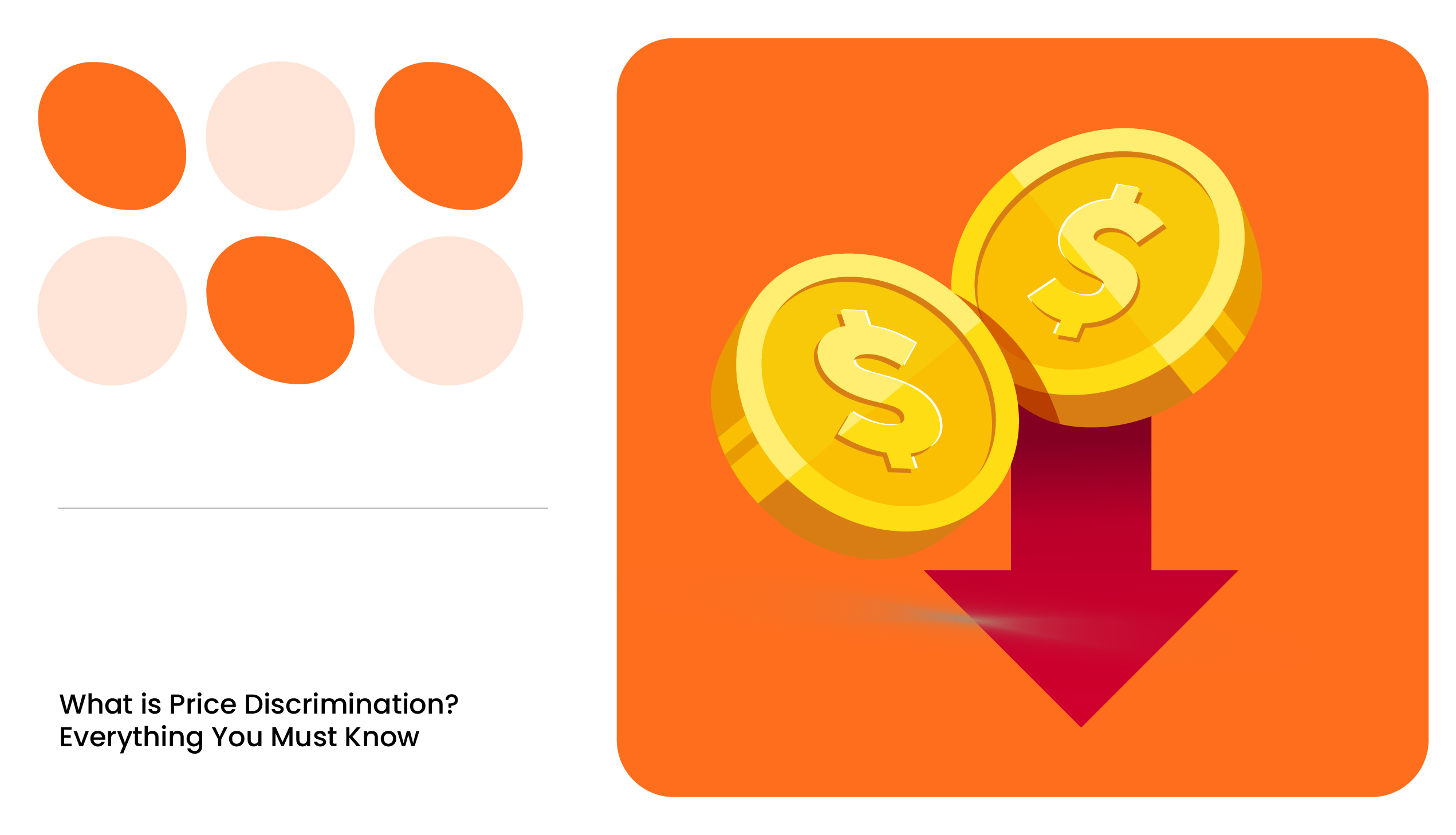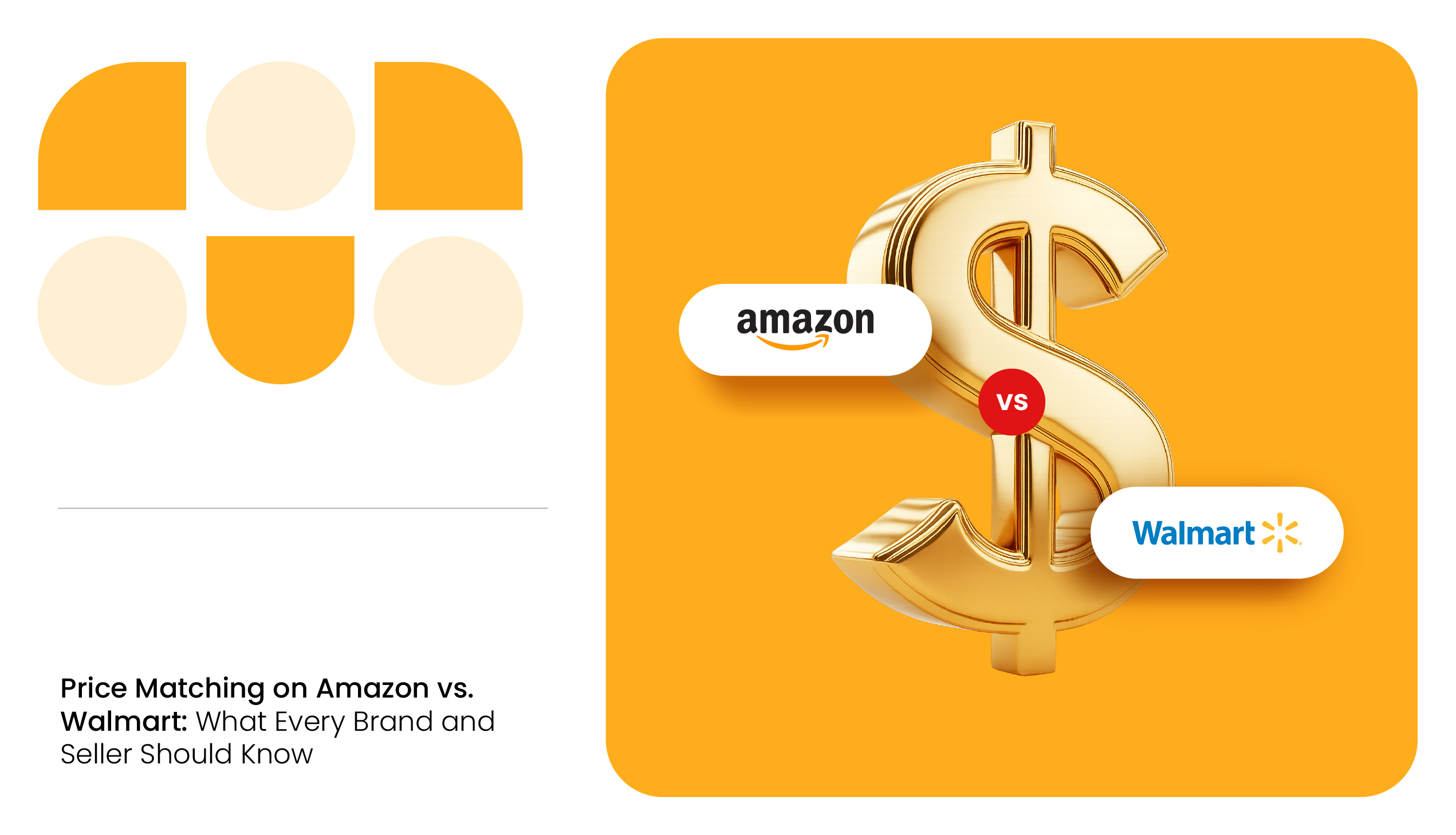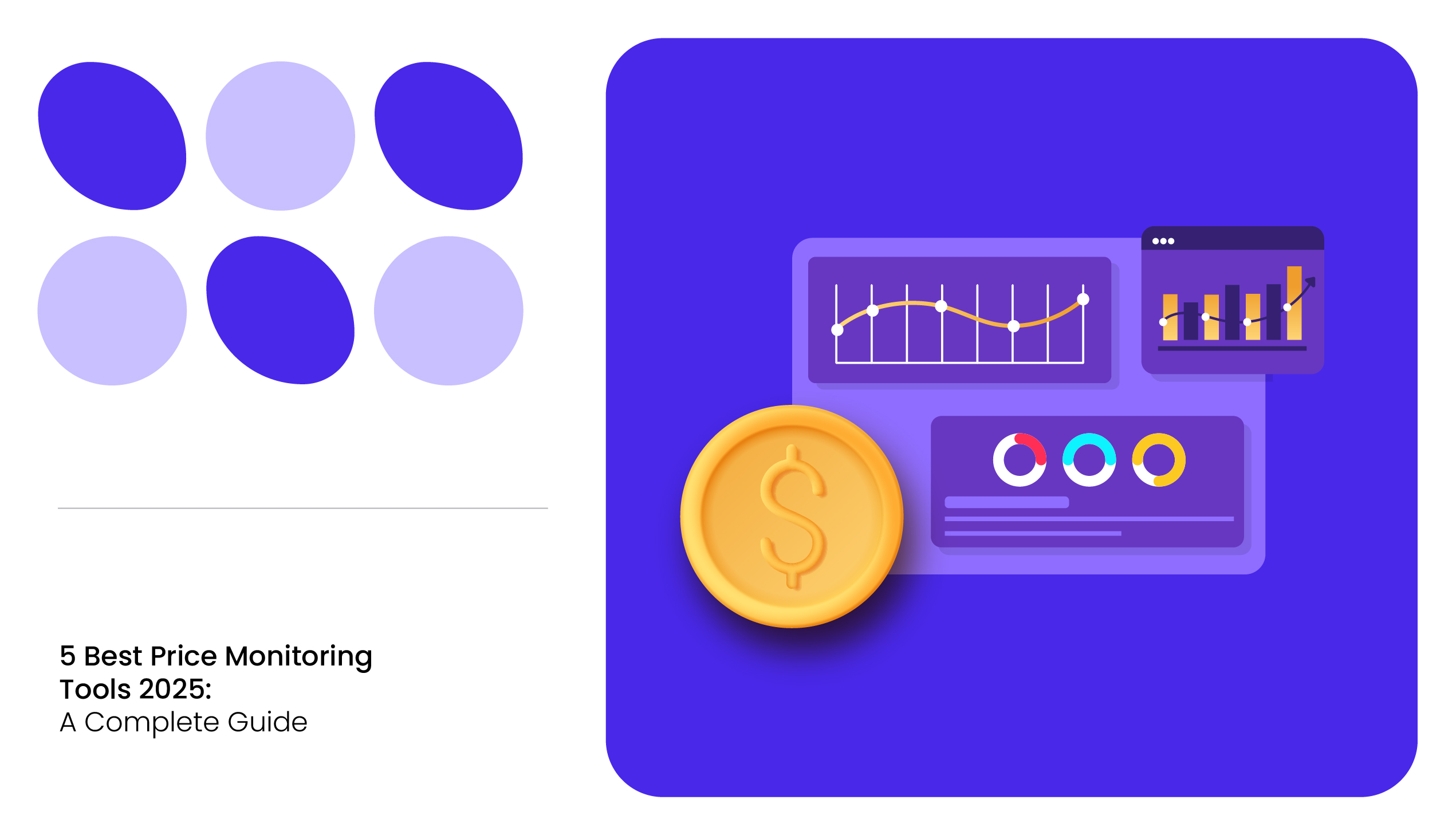“Save Money. Live Better” is a Walmart slogan that is familiar to most Americans.
It would not be surprising that EDLP, or everyday low pricing, is at the heart of the US shopping experience. It is one of the traditional strategies retailers use to provide low product prices.
In everyday low pricing strategy, products are priced lower than those of other brands or retailers. These prices would remain low over a long period compared to reduced prices offered during deals or discounts.
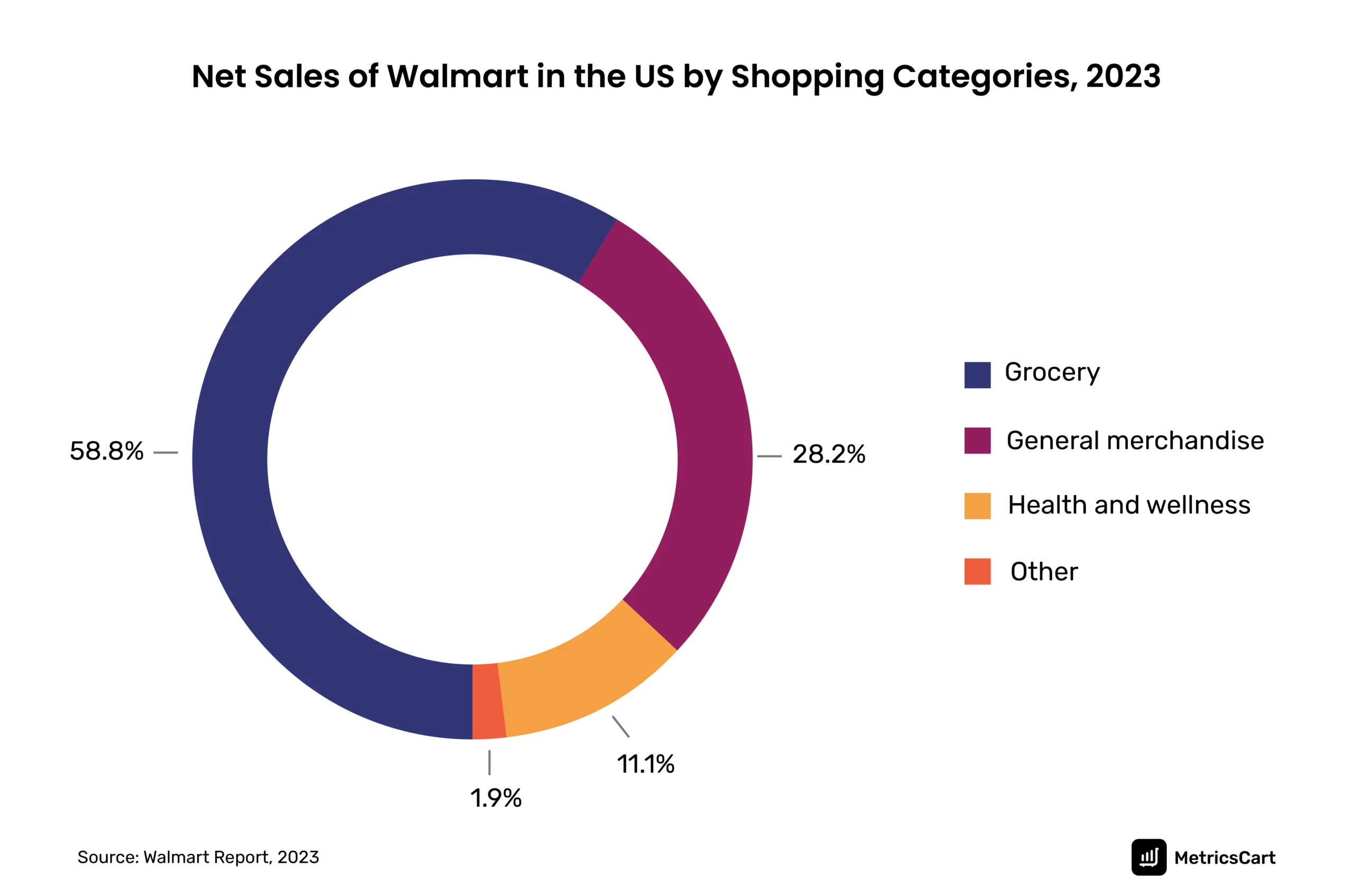
Walmart commands a huge share of the CPG retail channel in the US. Among the shopping categories, grocery has the highest sales with 58.8%. This is thanks to the EDLP strategy introduced in 1974 when Jack Shewmaker became the VP of Operations at Walmart.
Read more on Walmart’s Low Price Guarantee
EDLP vs. HILO: What Is the Difference?
Product Prices
Unlike everyday low prices, high-low pricing (HILO) offers products at an initial high cost. It gradually lowers prices through deals, discounts, clearance sales, etc.
Other similar strategies include penetration pricing, which offers a new product at low prices to seize a considerable market share and then gradually increases the price.
Consumer Loyalty
EDLP can help create a loyal customer base for the business whereas this can’t be guaranteed in the case of HILO.
Sales and Profit
Low pricing can guarantee a higher daily number of sales, but this can reduce the profit margin compared to the HILO strategy.
Promotion and Marketing
HILO requires frequent promotional and marketing activities, as consumers need to be kept in the loop for discounts, offers, seasonal deals, etc. Whereas in EDLP, the marketing costs are comparatively lesser, as the prices will always be lower.
Retail stores like Trader Joe’s, H&M, Kroger, Winn-Dixie, etc., offer everyday low pricing. However, other US stores like Wayfair and Macy’s follow a HILO strategy, offering regular discounts, deals, seasonal offers, and more.
Read more on promotional pricing
Why Should Businesses Use EDLP?
Everyday low pricing is a safe pricing strategy that has been around for a long time in the retail industry. It helps maintain an efficient supply chain system and creates trust in consumers’ minds.
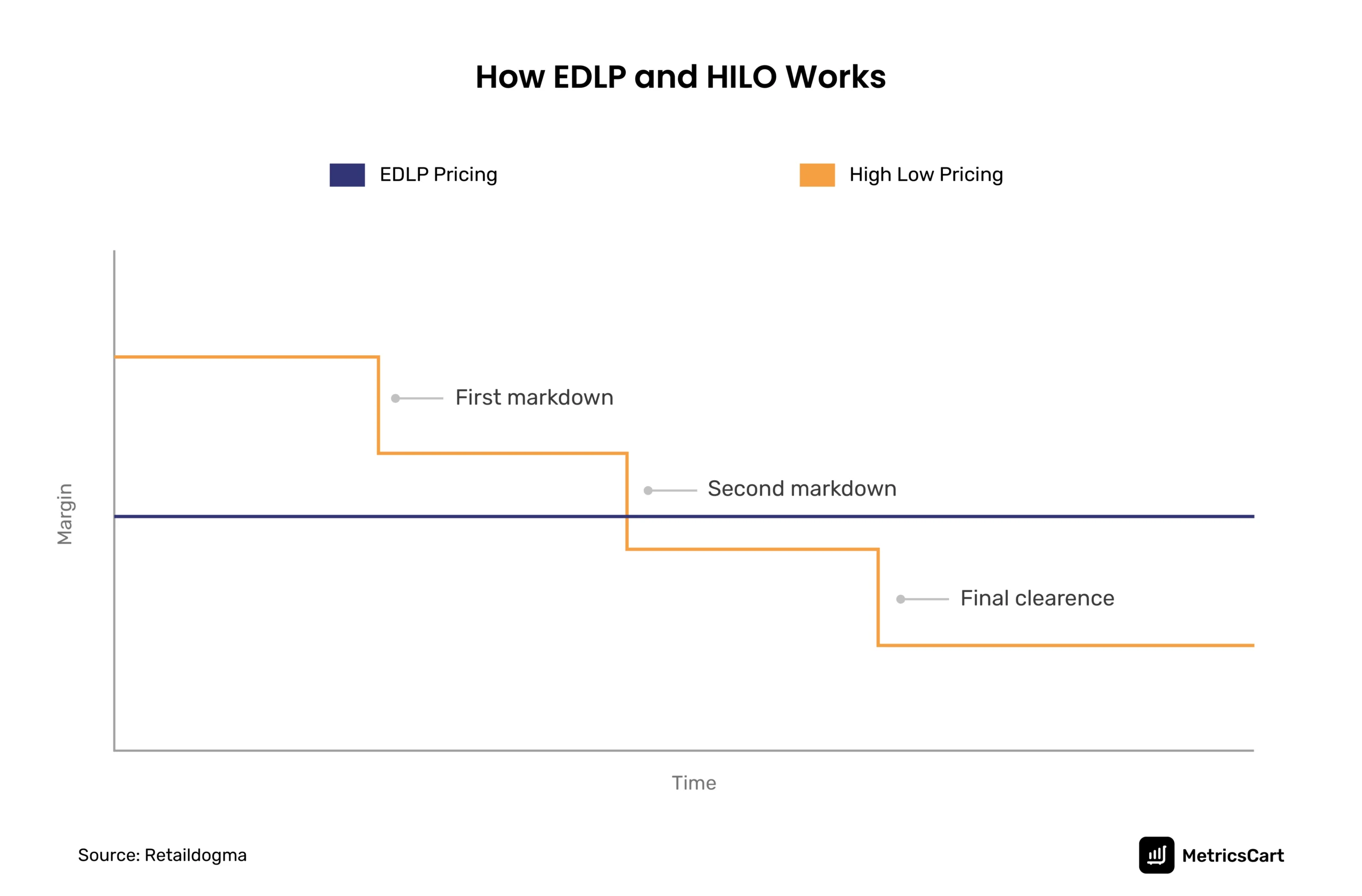
EDLP is most effective on goods with low expandable consumption. Soaps, cosmetics, and other Consumer Packaged Goods (CPG) are great examples of such products.
These are not consumed according to availability. For instance, a common man’s bathing frequency wouldn’t increase even if soaps were stocked at home. However, there is a higher chance of consuming more snacks if snack products are stocked.
Goods with higher expandable consumption sell well during discount sales (HILO), as consumers are motivated to buy more of them for increased consumption.
The EDLP strategy creates a consistent brand value proposition for consumers, primarily in brick-and-mortar retail platforms.
How Did Walmart Create a Successful EDLP Model?
‘Walmart’ is derived from ‘Market created by Wal’ (Samuel Walton, the founder of Walmart). They have been in the US retail industry since the 1960’s and everyday low pricing has been one of the major reasons for its success. Starting as small stores in rural towns, Walmart now has over 4600 outlets in the US.

According to the 2023 Walmart company report, total net sales from e-commerce were recorded at $53.4 billion. There has been a steady increase in the past four years in competing with Amazon, the major player in the e-commerce retail market.
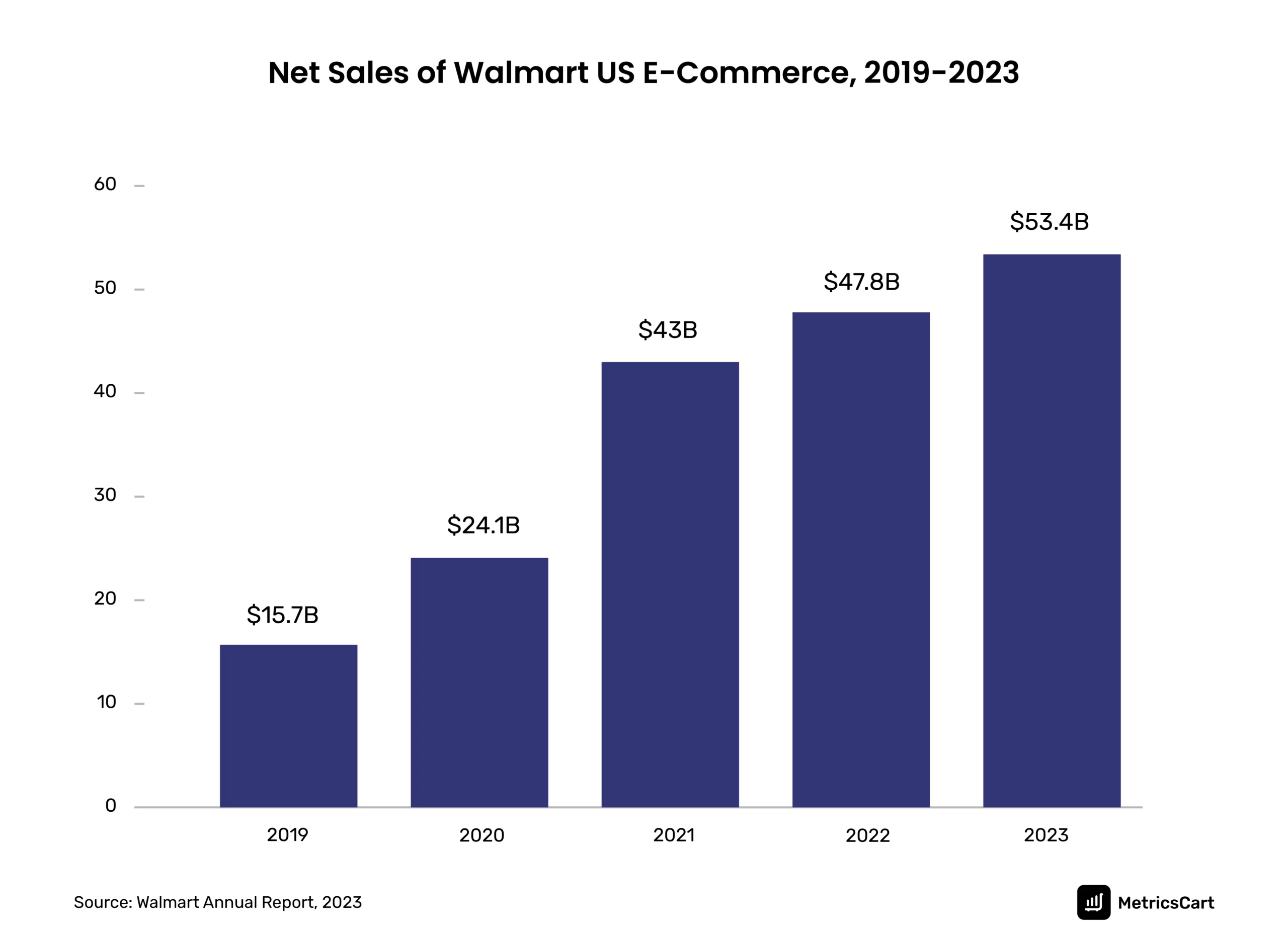
Walmart’s EDLP strategy ensures customers visit the shop more frequently, and this works well for them compared to the high-low pricing employed by competitors.
The retailer has sustained itself in the US market for over half a century by dealing directly with suppliers and local farmers. In the company’s key messages, they call it the ‘productivity loop’ where the business’s operating costs are reduced, which creates low product prices. This ensures more sales and the loop goes on.
Walmart’s Everyday Low Pricing vs. Amazon’s Dynamic Pricing
While Walmart started in the 60s, Jeff Bezos started Amazon in 1994 as an online marketplace for books. Gradually, it diversified into a wide range of product categories and came to be known as “The Everything Store.”
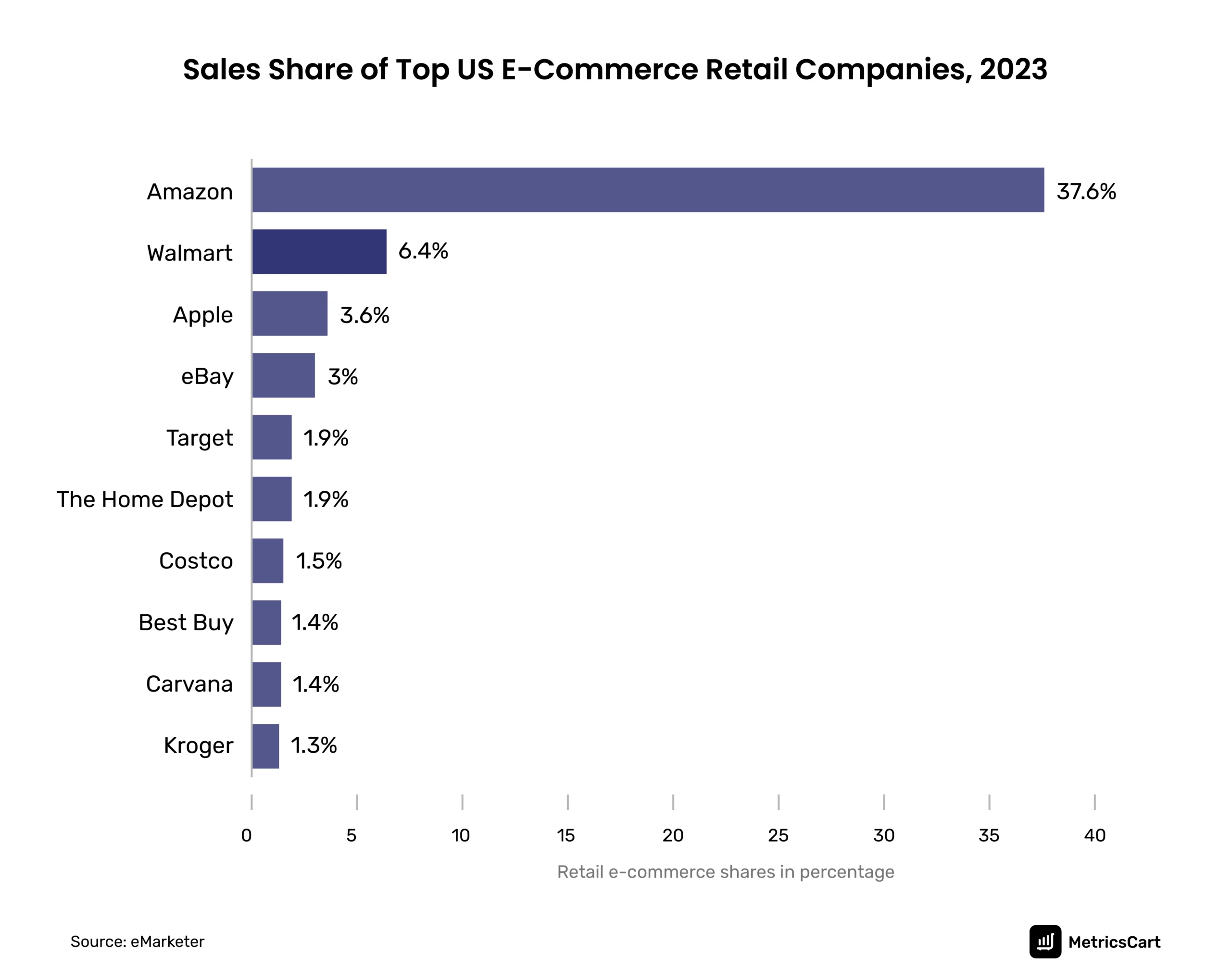
As of 2023, Amazon has a total share of 37.6% in the e-commerce market compared to 6.4% for Walmart. However, it is interesting to note that in overall retail sales for the 12 months ending January 31, 2024, Walmart is ahead with $648.12 billion in revenue.
When we compare these two pricing strategies, we understand that Amazon and Walmart established their businesses using different approaches. Amazon started off as an e-commerce business and later expanded to offline stores, while Walmart did just the opposite.
Here are some points of difference between Amazon’s dynamic pricing strategy and Walmart’s everyday low pricing.
| Walmart’s EDLP | Amazon’s Dynamic Pricing |
|---|---|
| A generic pricing strategy that provides low prices consistently | A complex algorithm-based pricing system with neuromarketing techniques |
| Prices are constant and are not affected by minor market changes | Prices change every day depending on various factors and consumer preferences |
| Treats every consumer as a single group of decision-makers | Focuses on hyper-personalization and provides an individual shopping experience |
| Mostly works for brands that have a matured position in the market | Pricing strategy is flexible according to the nature of the product and its visibility in the market |
Read more on the buying behavior of customers on Amazon
Pros and Cons of EDLP
To wrap up, let’s look at the pros and cons of everyday low pricing (EDLP) Strategy.
Pros
- Helps create regular business for the retailer
- Low supply chain and staff maintenance costs
- Doesn’t require frequent marketing and promotion strategies
- Helps in demand forecasting and creates a loyal customer base
Cons
- Long-term business strategy and low profit margin
- Need to maintain an efficient supply chain system
- Might not work with all kinds of brands and businesses
- Low prices expose businesses to market volatility
Not every business finds success in the EDLP strategy. Around 2012, JCPenney restructured its sales strategy using Fair and Square Everyday Pricing. However, this led to declining sales as customers were used to the brand’s normal HILO strategy.
Read more: Best Pricing Strategies for E-Commerce That Help Scale Business
CPG Price Monitoring Solutions With MetricsCart
It is important for any CPG business to choose the right pricing strategy for long-term profit and brand recognition. The digital space has been booming, with hundreds of retail chains waiting for their big break.
At MetricsCart, our focus has always been on providing actionable price intelligence solutions. Combining strategic insights with price monitoring services creates a better trajectory for your e-commerce retail business.
Points of interest in pricing intelligence services:
- Monitor and evaluate the changes in competitor products and pricing
- Keep yourself informed about changes in minimum prices at SKU levels
- Create consistent pricing across e-commerce platforms
We make it easier. Reach out to MetricsCart, and let’s explore how to upgrade your digital shelf presence.





